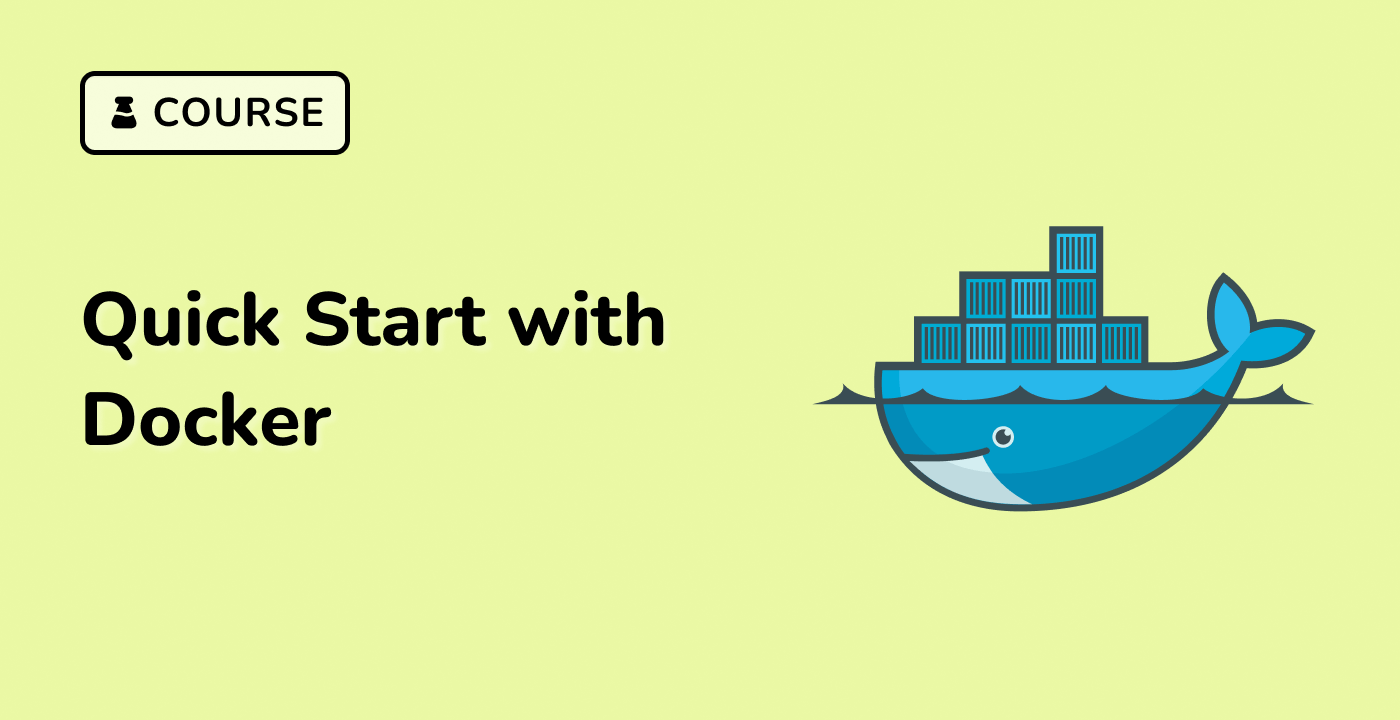Introduction
This tutorial provides a comprehensive guide to running a Docker image and managing Docker containers. You will learn the fundamentals of Docker, explore Docker images and their use cases, and discover techniques for pulling, managing, and interacting with Docker containers. Additionally, the tutorial covers advanced container management topics, such as Docker volumes, networks, Compose, and Swarm, to help you effectively deploy and manage your applications using Docker.




